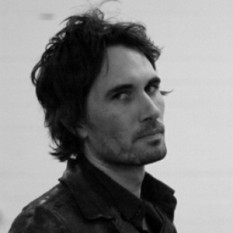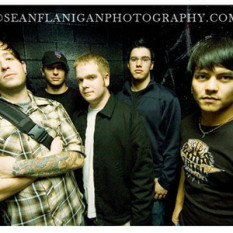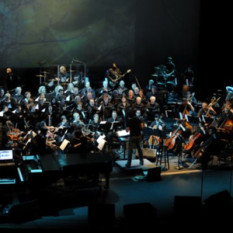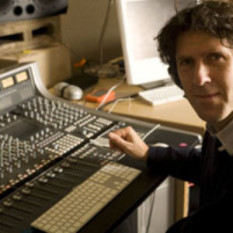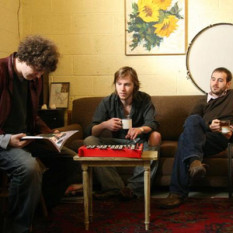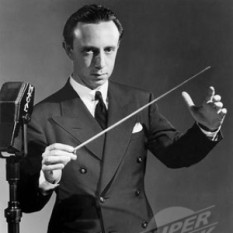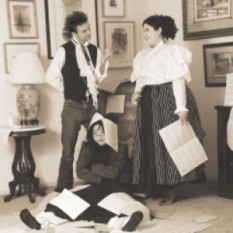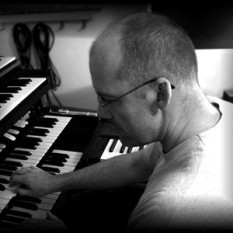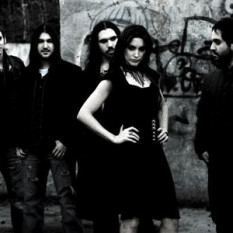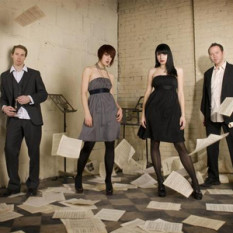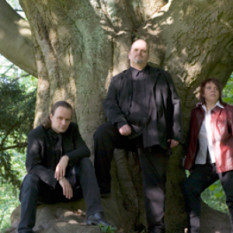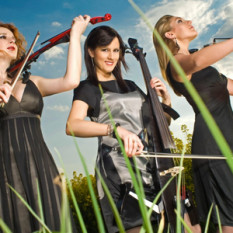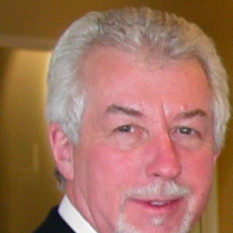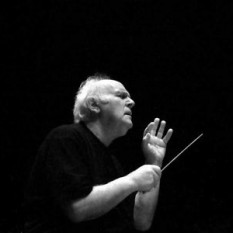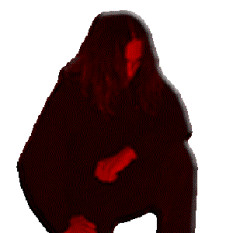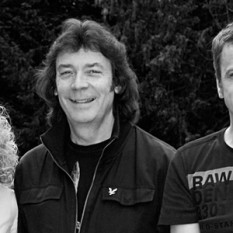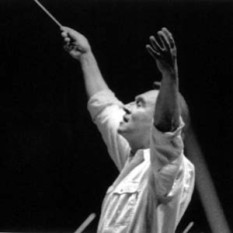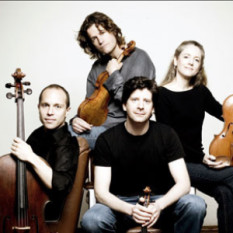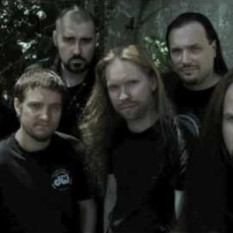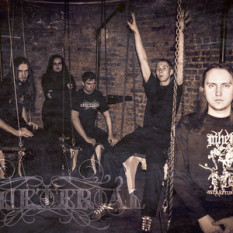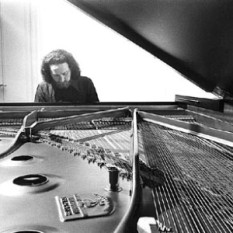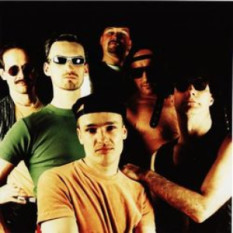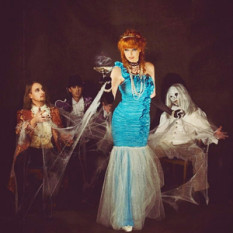A symphony is a musical composition, often extended and usually for orchestra. "Symphony" does not imply a specific form. Many symphonies are tonal works in four movements with the first in sonata form, and this is often described by music theorists as the structure of a "classical" symphony, although even some symphonies by the acknowledged classical masters of the form, Joseph Haydn, Wolfgang Amadeus Mozart and Ludwig van Beethoven, do not conform to this model.
The word "symphony" derives from Greek συμφωνία, meaning "agreement or concord of sound", "concert of vocal or instrumental music", from σύμφωνος, "harmonious" (Oxford English Dictionary). Isidore of Seville was the first to use the Latin word symphonia, as the name of a two-headed drum, and from ca. 1155 to 1377 the French form symphonie was the name of the organistrum or hurdy-gurdy. In late medieval England, symphony was used in both of these senses, whereas by the sixteenth century it was equated with the dulcimer. In German, Symphonie was a generic term for spinets and virginals from the late 16th century to the 18th century (Marcuse 1975, 501). In the sense of "sounding together" the word begins to appear in the titles of some works by 16th- and 17th-century composers including Giovanni Gabrieli (Sacrae symphoniae, 1597, and Symphoniae sacrae, liber secundus, 1615), Adriano Banchieri (Eclesiastiche sinfonie, 1607), Lodovico Grossi da Viadana (Sinfonie musicali, 1610), and Heinrich Schütz (Symphoniae sacrae, 1629).
In the 17th century, for most of the Baroque period, the terms symphony and sinfonia were used for a range of different compositions, including instrumental pieces used in operas, sonatas and concertos—usually part of a larger work. The opera sinfonia, or Italian overture had, by the 18th century, a standard structure of three contrasting movements: fast; slow; fast and dance-like. It is this form that is often considered as the direct forerunner of the orchestral symphony. The terms "overture", "symphony" and "sinfonia" were widely regarded as interchangeable for much of the 18th century.[citation needed]
Another important progenitor of the symphony was the ripieno concerto—a relatively little-explored form resembling a concerto for strings and continuo, but with no solo instruments. The earliest known ripieno concerti are by Giuseppe Torelli (his set of six, opus five, 1698). Antonio Vivaldi also wrote works of this type.[citation needed] Perhaps the best known ripieno concerto is Johann Sebastian Bach's Brandenburg Concerto No. 3. .


